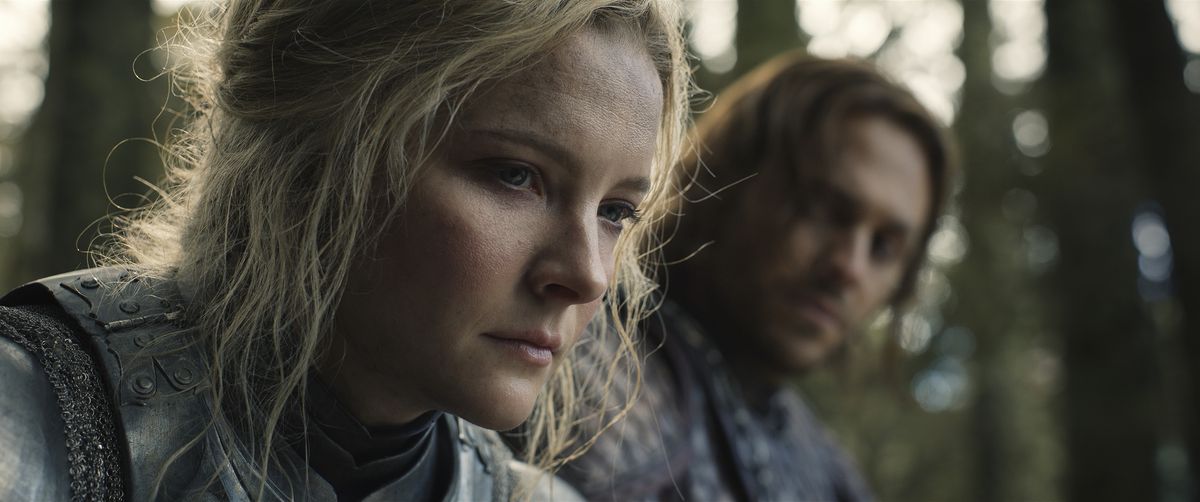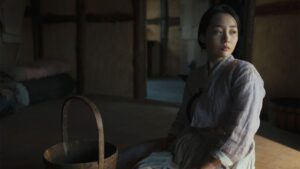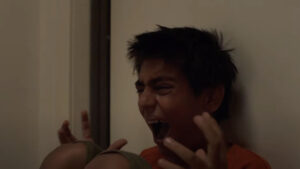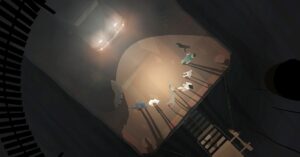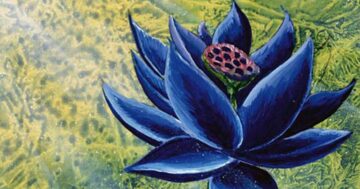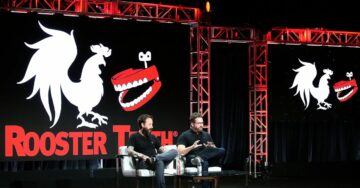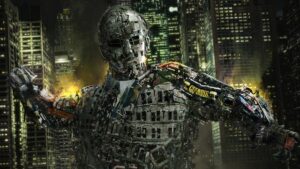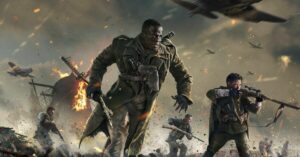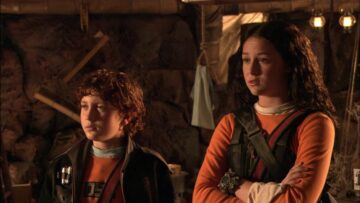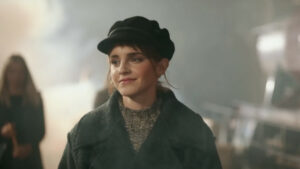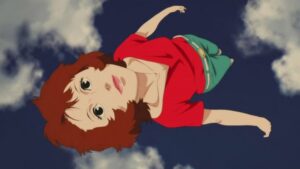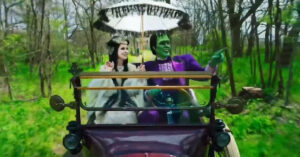One of the appeals of a sprawling prequel series like The Rings of Power is in seeing the world you love from the Lord of the Rings movies (and the Hobbit trilogy, we see and appreciate those fans as well) in a very different form. This lets fans participate on another level entirely, making every new tidbit that the show reveals a puzzle in and of itself, a pocket mystery where we already know the end, but not the “how” or “why.”
To its credit, The Rings of Power isn’t overly familiar yet. In its first two episodes, there’s plenty of recognizable iconography — flora and fauna, armor designs and architecture — but very little direct transposition. For now, the show is taking us mostly someplace new. But there’s still some important stuff you might recognize.
With that in mind, here’s a brief run-through of everything shown in The Rings of Power that hearkens back to previous on-screen adaptations of Middle-earth so far.
Galadriel
Image: Prime Video
An early highlight of the show, Galadriel is perhaps the closest thing to a protagonist that can be found in The Rings of Power’s sprawling cast. That’s because she immediately has a clear and compelling journey: As the series’ sprawling story begins, Galadriel is on a quest for revenge, one that will ultimately result in a take on one of Tolkien’s most complex and unrealized characters that The Fellowship of the Ring merely hinted at.
Elrond
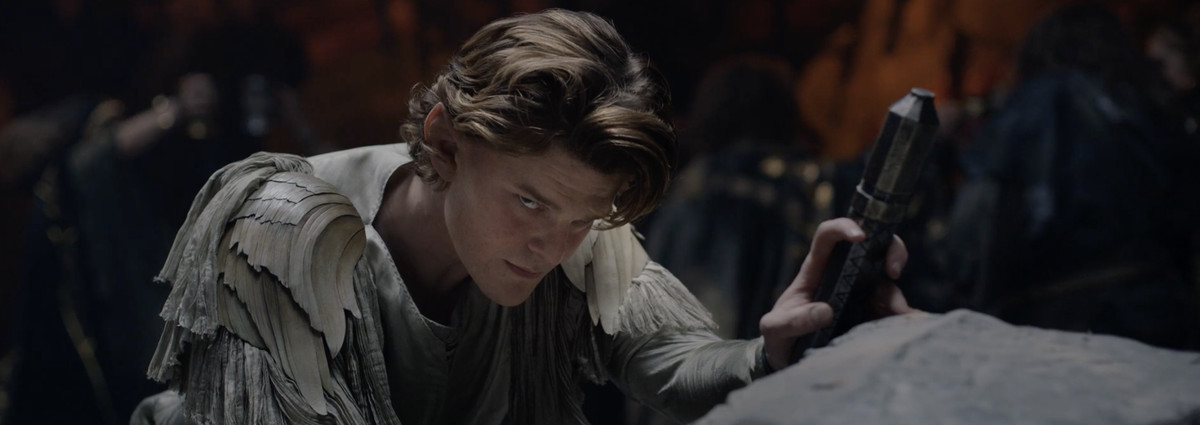
Image: Prime Video
The arrogant cutie here eventually becomes the stern leader of Rivendell played by Hugo Weaving in Peter Jackson’s films. He’s one of the few links between every screen adaptation of Tolkien’s work, as Elrond was there for it all. This makes it all the more sad to see him as such a chill elf lad in The Rings of Power — he’s going to see some stuff that makes him a significantly less fun person.
Sauron
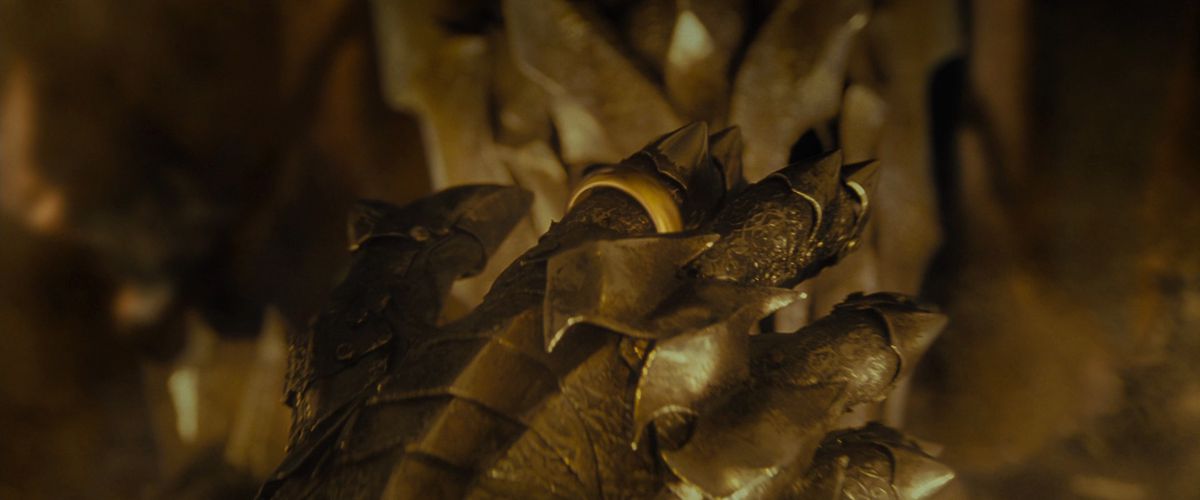
Image: New Line Cinema
This one’s funny. Early on in The Rings of Power, we do get a glimpse of LOTR’s big bad as he appears in those movies, but he almost certainly will take on a different and surprising form in The Rings of Power. Part of the fun will be trying to spot him before he’s revealed.
Khazad-dûm
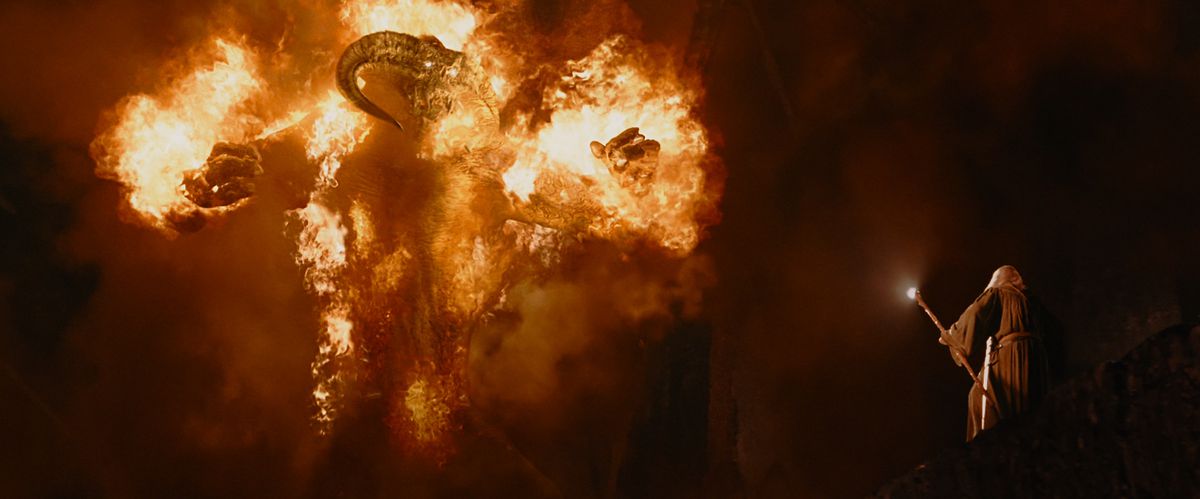
Image: New Line Cinema
One of the best locations in The Rings of Power is also one of the worst in the Lord of the Rings movies: Moria. Khazad-dûm, the majestic dwarven city that we get to see in The Rings of Power’s second episode, is what those ghastly mines looked like before its denizens delved “too greedily and too deep” and unearthed a dormant Balrog, a leftover soldier from the war against Morgoth. After the dwarves fled, goblins and trolls moved in, which gives the teeming city a tragic air.
Sailing west to the Undying Lands
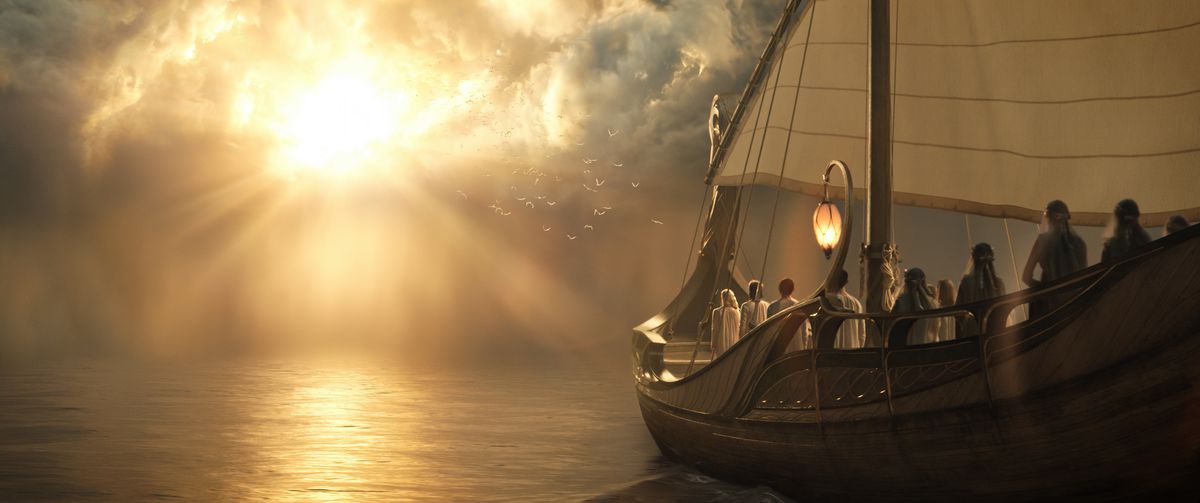
Image: Prime Video
One of the final images we see in the Lord of the Rings trilogy is one of the first shown in The Rings of Power: elves sailing off to the Undying Lands in the West. Elven immortality, you may have heard, is weird — Elf heaven is an actual place on the map, west of Middle-earth, kind of. In both The Rings of Power and The Lord of the Rings, elves that wish to retire from the land of mortals can sail off to paradise in a very somber ceremony. According to Tolkien lore, things about this process change a lot in the time between The Rings of Power and The Lord of the Rings, and we might see some of that play out as the show goes on.
Harfoots
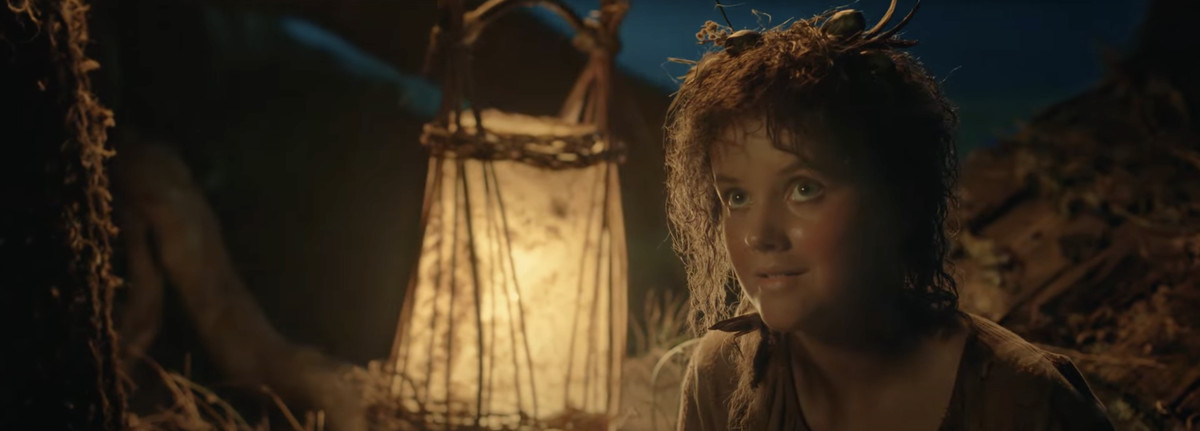
Image: Prime Video
Harfoots are a type of hobbit. They’re not really deep Tolkien lore that you’re missing out on — according to the showrunners, it just didn’t make sense to do a Lord of the Rings show without hobbits, even though hobbits don’t really play a part in the story they’re adapting. So they brought in the harfoots, a nomadic group of little folk who stay out of sight but still get into trouble.
Orcs
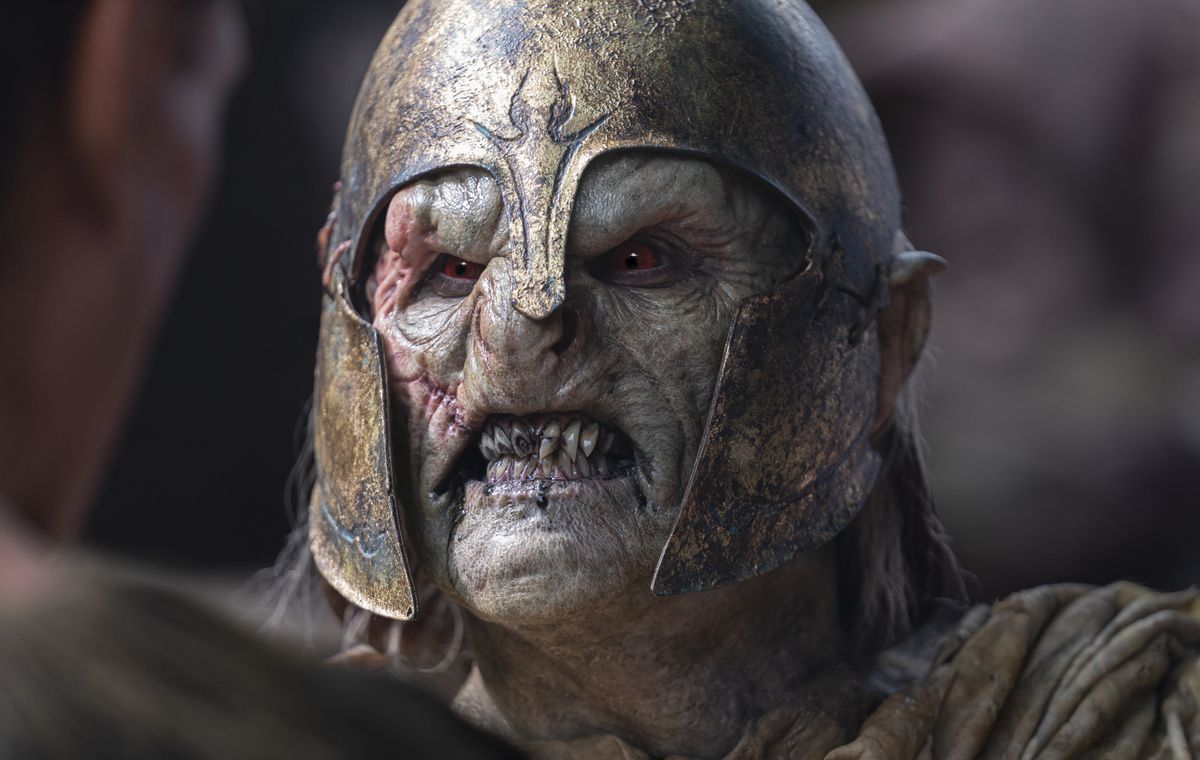
Image: Prime Video
One thing that appears to have changed very little between then and now in Middle-earth is its orc problem. Still among the more problematic tropes in Tolkien lore, orcs have more or less existed for as long as there has been a fictional history of Middle-earth, a race of exclusively evil people that exist solely to give the bad guys an army. Thus far, the main difference in The Rings of Power’s take on orcs appears to be one of quantity: This is a time when Sauron was not trying to crush his foes, but deceive and corrupt them, and he doesn’t need an army for that. Thus, it makes sense that the first orc appearances are like the ones early on in the show — solitary, frightening boogeymen hinting at something wicked inbound.
They can still be hot, though.
